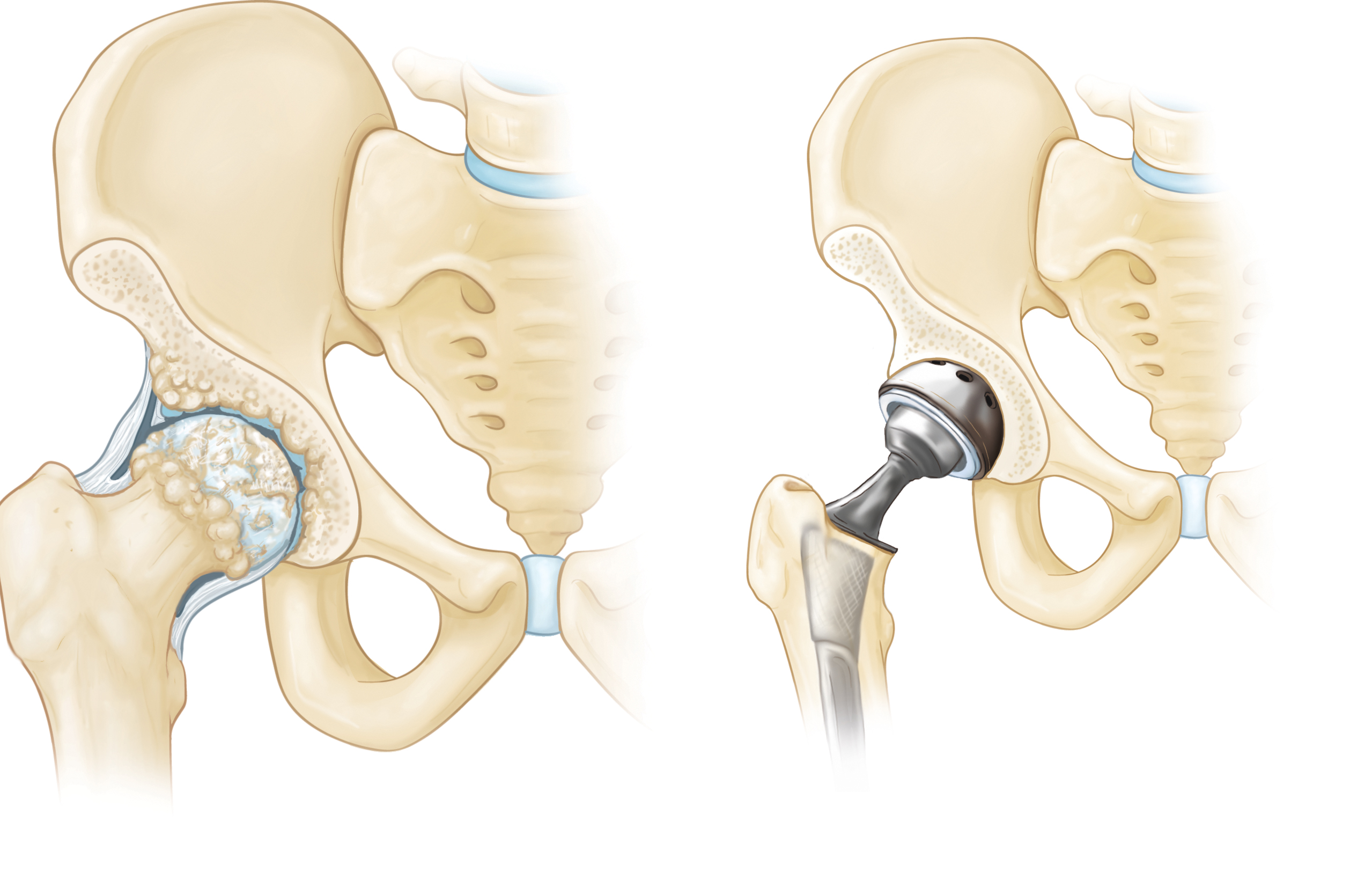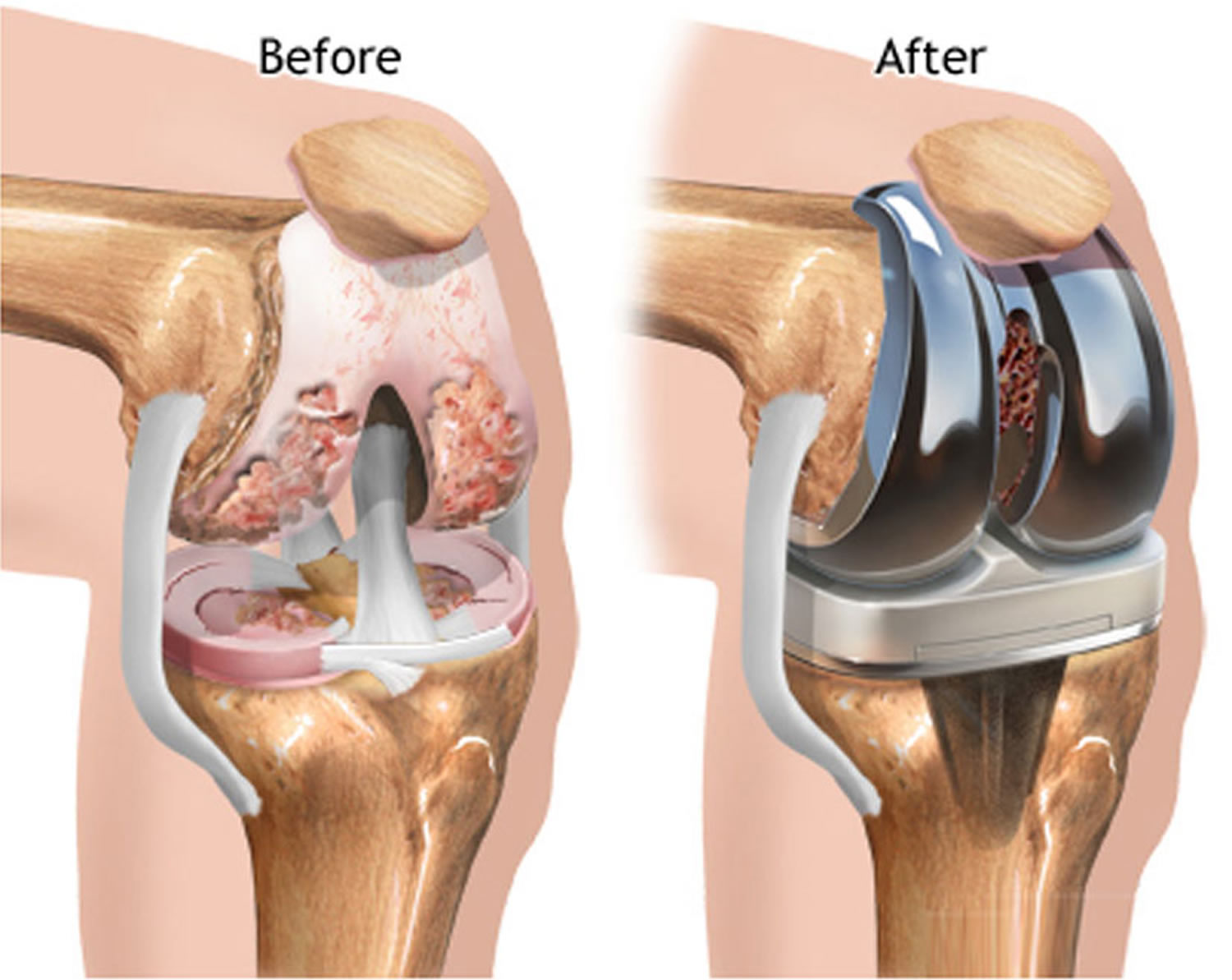When you’re ready to retire, it can be an overwhelming process determining what your plans are. You may have considered a retirement community or nursing home, but what about joint replacement? Are you eligible? Is the surgery right for you? Do you have any questions about the aftercare process?
In this blog post, we will answer all of these questions and more. We will also provide information about the various options available to those who are considering joint replacement. From surgery to rehabilitation and beyond, read on to learn everything you need to know before making the decision.
What Is Joint Replacements?
Joint replacement is a surgery that repairs a joint by replacing the worn or damaged parts of the joint. There are many different types of joints that can be replaced, including the knee, hip, shoulder, and elbow. Joint replacement is most commonly used to treat arthritis, which causes pain and stiffness in the joints.
There are a few things you need to know before deciding on joint replacement surgery:
- The type of joint replacement you need will depend on the specific condition causing your pain.
- Each patient’s situation is unique, so finding the best option for them will require discussions with their doctor.
- Some joint replacements can be done as an outpatient procedure under local anesthesia. Others may require an overnight stay in the hospital and anesthesia.
- During joint replacement recovery patients may experience some discomfort and temporary limitations in their activities. However, most people recover quickly and are able to resume their normal lives within a few weeks or months following surgery.
The Different Types of Joint Replacement Surgery
There are a few different types of joint replacement surgery. The most common type is arthroplasty, which replaces the damaged joint with a prosthetic implant. Joint replacement surgery can also include total knee and total hip replacements.
Joint replacement procedures vary depending on the type of injury and the age of the patient. For example, knee replacement surgery is typically more complicated for elderly patients because their joints are less flexible. Arthroplasty is usually more complicated than a joint replacement procedure involving just the knee, but it's also more reliable and has a lower rate of complication.
Recovery After Joint Replacement
After surgery, most people feel great and can resume their normal activities relatively quickly. But there are a few things to keep in mind if you’re recovering from joint replacement surgery. The first is to rest as much as you can. You may need to take a break from work or other activities for a while after surgery.
The second is to follow your doctor’s instructions about using pain medication. Depending on the type of joint replacement surgery and your individual situation, you may need prescription pain medications or over-the-counter pain relief products like ibuprofen.
If you have questions about whether you should use pain medication or not, talk with your doctor. They will be able to help guide you through the recovery process.
Most people experience some level of temporary discomfort after joint replacement surgery. But with proper rest and treatment, most people make a full recovery within six months.
Determining Your Options After Joint Replacement
If you have undergone a joint replacement surgery, your next step is to start the healing process. There are a few things you can do to speed up the process, but you should also be aware that there are many options available to you after joint replacement surgery.
There are many factors to consider when choosing your post-operative care plan, including your age, health history, and activity level. Some activities that may be restricted following joint replacement include running and playing professional sports. However, most people can resume their regular lives quite easily after joint replacement surgery.
A few things to keep in mind before resuming any activities:
- Speak with your surgeon about any restrictions or recommendations for returning to activities prior to surgery.
- Make sure you are physically prepared for any physical activity before beginning it.
- Wear appropriate medical equipment such as knee braces and crutches if needed.
- Do not overdo it; allow yourself time to heal properly following surgery.
What Are the Benefits of Joint Replacement Surgery?
Joint replacement surgery is a big decision, and there are many benefits to consider. Here are some of the top reasons to get surgery:
- You'll Improve Your Quality of Life. Joint replacement surgery can vastly improve your quality of life by relieving pain and restoring function.
- You'll Reduce the Risk of Re-Injury. Joint replacement surgery can help reduce the risk of re-injury, which can lead to decreased pain and improved mobility.
- You'll Save Money on Medical Bills and Procedures Over Time. Joint replacement surgery can save you money in the long run by reducing the need for other medical bills and procedures.
When Should You Consider Joint Replacement Surgery?
When you think about joint replacement, the first thing that probably comes to mind is a knee replacement. Joint replacements are one of the most popular types of surgeries, and they can be life-changing. However, there are a number of other options available for people who need them.
Here are four factors you should consider when deciding whether or not joint replacement is right for you:
- Age: Joint replacement is generally not recommended for people under 65 years old. There are a number of reasons for this, but the main concern is that the surgery may not be as successful in these patients as it is in those who are older.
- Condition: If your joints are constantly stiff and painful, joint replacement may be an option for you. However, if your symptoms are milder or isolated to certain joints, other treatments such as medication or physical therapy may be more appropriate.
- Health History: Before undergoing any surgery, it's important to discuss your health history with your doctor so that he can determine whether or not joint replacement is the best option for you. For example, if you have had previous knee or hip replacements, your doctor may recommend against having another surgery on that same area.
- Pre-existing Conditions: Some conditions can make joint replacement more difficult or even impossible to perform safely. These include arthritis and osteoarthritis (OA), which are both common causes of pain and stiffness in joints. If you have any pre-existing
The Post-Surgical Process
The post-surgical process can be a confusing and daunting experience. It is important to have realistic expectations and to know what your options are. Must check joint replacement cost online.
There are a variety of things you can do after surgery to help ensure a smooth recovery. You may want to schedule regular follow-up visits with your surgeon and physical therapist. Make sure you understand the medications you will be taking and how to take them properly.
If you experience any pain or discomfort, tell your doctor or nurse as soon as possible. You should also make a list of activities that are comfortable for you and avoid those that cause pain. Maintaining a normal routine will help reduce the stress levels associated with surgery. Finally, ask your family and friends for support during this time.
Conclusion
After a joint replacement surgery, one of the first things you'll want to do is determine your options. This includes figuring out what type of joint replacement surgery you have and understanding your rehabilitation schedule.
Once you've made these decisions, it's time to figure out how much money you'll need to budget for your post-op care. There are many resources available to help you cover the costs associated with Joint Replacement Surgery and Rehabilitation, so be sure to explore all of your options before making a final decision.











